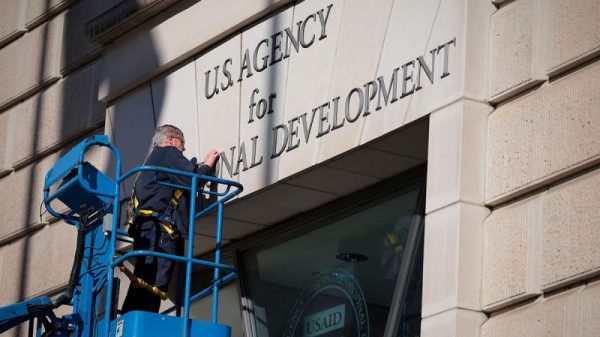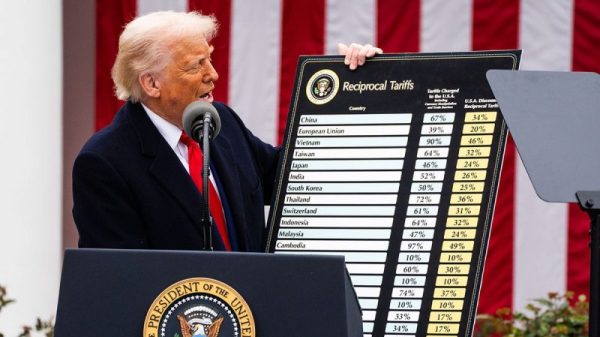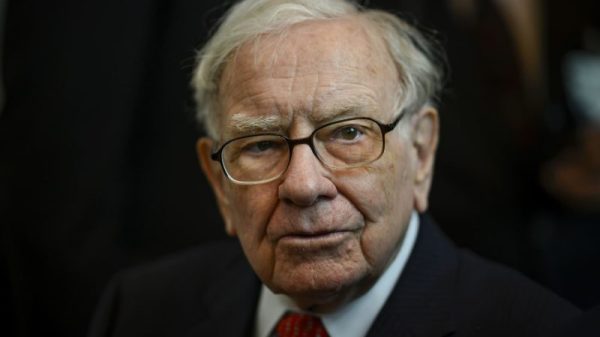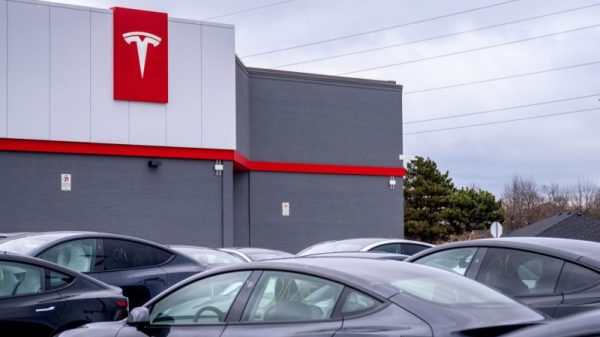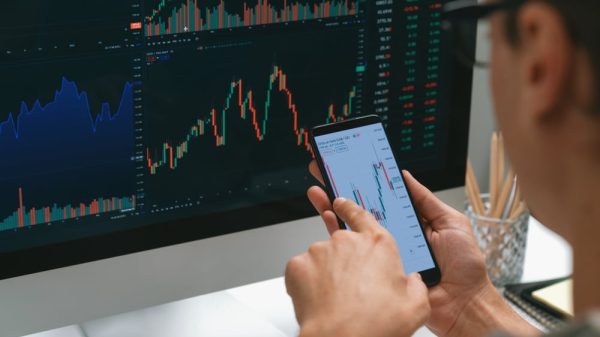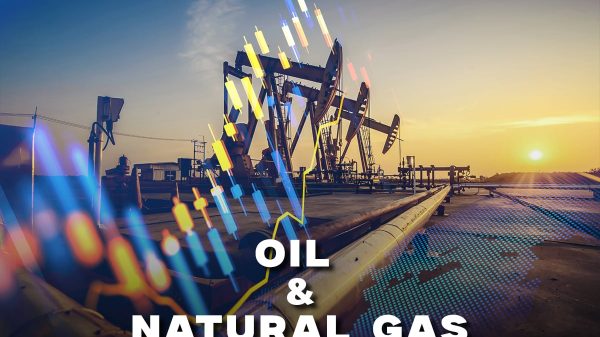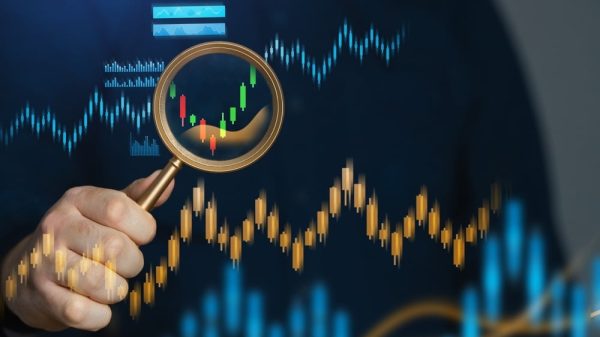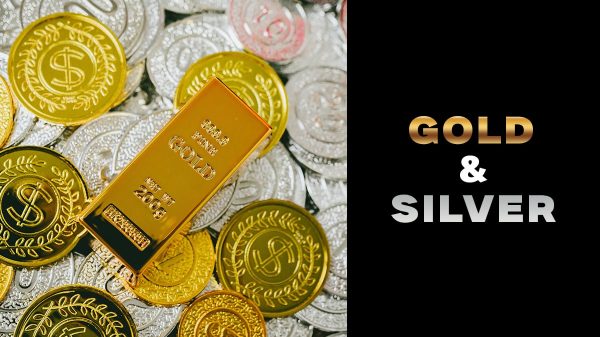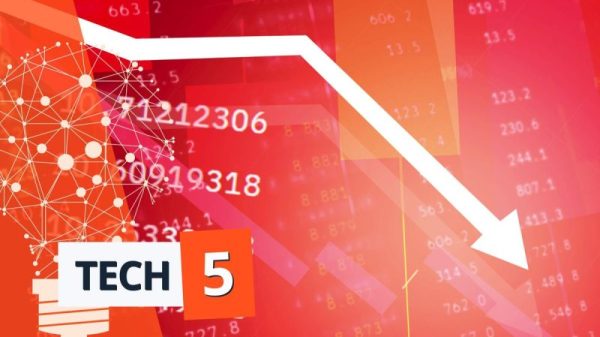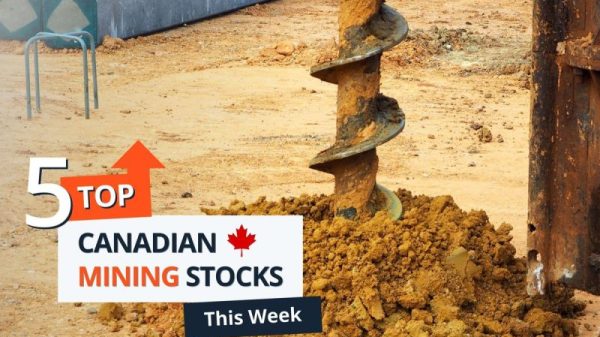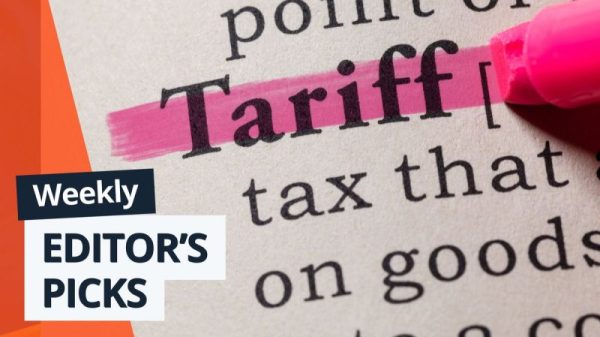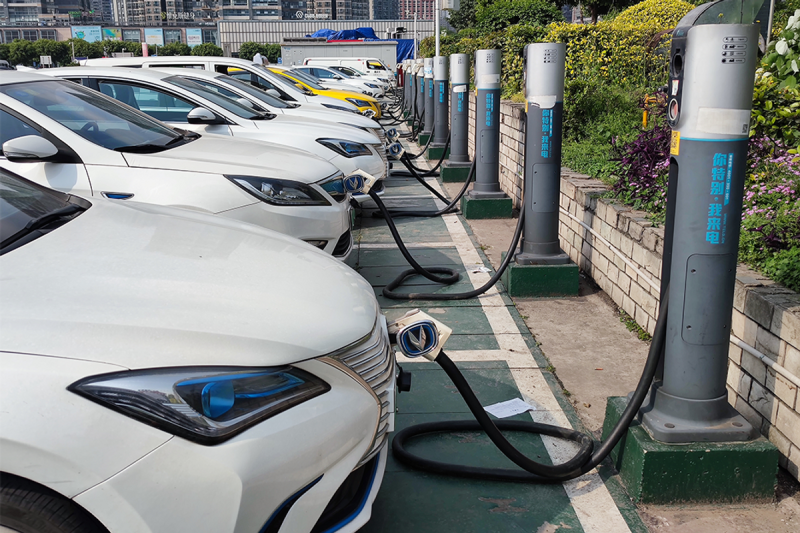China’s electric vehicle market is among the fastest-growing in the world.
Supported by government spending and clean energy initiatives, it’s expected to experience a compound annual growth rate of 6.38 percent, reaching a projected value of nearly US$400 billion by 2028 up from an expected US$292.1 billion in 2023. This rapid growth will pave the way for an evolution in battery technology — the emergence and distribution of low-cost, efficient lithium manganese iron phosphate (LMFP) batteries, opening up a new market for manganese production.
To understand how best to leverage this investment opportunity, one must first understand both the Chinese electric vehicle industry, the minerals required to support it and the nature of LMFP battery technology.
Much Ado About Manganese
The world’s fifth most abundant metal, manganese is essential in the production of steel and has a long history as a cathode material in batteries.
In fact, batteries represent manganese’s largest non-alloy market, accounting for approximately 3 percent of global annual manganese consumption. Considering global manganese production is roughly 20 million tonnes per year, about 600,000 tonnes are used in battery production annually.
As with other battery metals, manganese is expected to experience a considerable uptick in demand as the need for lithium-ion batteries continues to surge. One projection maintains that the battery supply chain, including everything from mining to recycling, could potentially experience a 30 percent CAGR through 2030.
This is not the only trend with the potential to drive manganese demand. There’s also the fact that manganese-rich batteries are quickly gaining ground, owing to their capacity and efficiency. Currently, one of the most popular lithium-ion batteries is phosphate-based — specifically lithium-iron-phosphate (LFP).
Though safer to use and cheaper to manufacture than ternary-based battery configurations, LFP batteries also have lower capacity, which has become an issue in light of the evolution and increasing sophistication of electric vehicle technologies. As a result, LFP batteries are rapidly approaching their theoretical energy density capacity, and LMFP batteries are emerging as the ideal solution.
By introducing manganese as a replacement cathode material for iron, LMFP batteries offer both increased energy density and up to 20 percent higher capacity than LFP batteries. They also perform better in low-temperature environments while costing roughly the same amount of money to manufacture.
The amount of manganese sulphate equivalent in electric vehicles varies from 100 kilograms to 300 kilograms, depending on the size. Lithium manganese oxide batteries require nearly 2 tonnes of manganese sulphate equivalent, while the popular nickel manganese cobalt (NMC) cathode needs 375 kilograms of manganese sulphate equivalent in cathodes with a 5:3:2 ratio.
The transition from LFP to LMFP seems very likely. As LMFP continues to see increased attention for commercial production, demand for high-purity manganese will likely surge in the foreseeable future. Access to high-quality manganese ore is undoubtedly crucial, but equally important are companies that can consistently provide top-tier manganese sulphate, as they stand to gain the most from the impending wave of manganese-rich batteries.
Major players in the electric vehicle space such as Tesla (NASDAQ:TSLA) have already seen the writing on the wall. Currently one of China’s leading electric vehicle manufacturers, Tesla has been reported to be eyeing LMFP batteries for its EV fleet.
It’s also worth noting that Tesla opened a gigafactory in Shanghai in 2019, representing the first time the Chinese government allowed a wholly owned foreign plant on domestic soil.
China’s electrified future
China is currently positioned to become a global leader in electric vehicle production. Projections suggest that by 2025, 50 percent of all vehicles sold in the country will be electric. Should these predictions prove accurate, China would be the first country in the world to reach this milestone and would be well on its way towards achieving its 2060 carbon neutrality plan.
It’s a plan the country has pursued aggressively for the past several years, though its pursuit originally had little to do with the EV market. China sought out renewable energy in a bid to reduce its reliance on oil and gas imports. Since then the country has shifted its focus, promoting EV production and adoption through initiatives like its 2012 Development Plan.
More recently, the Ministry of Finance, State Taxation Administration and Ministry of Industry and Information Technology together announced that purchases of electric vehicles — termed new energy vehicles — occurring in 2023 are exempt from the country’s vehicle purchase tax. It isn’t just through legislation and regulations that China is supporting the EV sector, either. It’s also been hard at work updating its infrastructure, with plans to build enough charging stations to support at least 20 million electric vehicles by 2025 and establish a fully electrified public transit system in over 30 cities.
China is also a leading innovator in electric vehicle technology, owing to its early investment in and historic dominance of mining and battery production. Although this dominance has left many global supply chains entirely reliant on China, it’s also given the country an opportunity to lead the charge in developing new types of batteries. Roughly 95 percent of LFP batteries for light duty vehicles are installed and utilised in Chinese-produced vehicles.
Given that LMFP batteries are now being regarded as a replacement for LFP batteries, it should be abundantly clear why China is on the radar of so many manganese investors. The country currently controls more than 90 percent of manganese sulphate production and demand. This is in addition to China’s projected market size for battery-grade manganese, which analysts predict will reach US$906 million by 2028.
Gaining a foothold in Chinese EV production
Although local electric vehicle brands currently hold 81 percent of China’s electric vehicle market, the landscape there is still both competitive and incredibly diverse. As of 2023, there are currently 94 brands offering more than 300 EV models. The government has been incredibly active in cultivating this market, working to strengthen intellectual property rights.
EV manufacturers aside, multiple Australian companies in the EV value chain are also participating in the Chinese market. Australian junior exploration company Firebird Metals (ASX:FRB), for instance, recently announced plans to establish a processing plant in China, noting that the CAPEX of such a facility would be significantly lower than what it would be elsewhere. As the owner of a massive 176.65 million tonne manganese resource in Western Australia, Firebird’s long-term strategy is to become a global producer of battery cathodes.
In December 2020, IGO (ASX:IGO) established a US$1.4 billion joint venture project with Chinese lithium giant Tianqi Lithium (OTC Pink:TQLCF,SZSE:002466). Although not based in China, the Greenbushes mine — located only 45 minutes from Perth — nevertheless has close ties to the country. Last May, it produced Australia’s first battery-grade lithium hydroxide.
CATL (SZSE:300750), meanwhile, is the world’s largest lithium-ion battery producer for electric vehicles, boasting a 2022 market share of 37 percent. Headquartered in the city of Ningde, the company has established 13 battery manufacturing facilities worldwide, two of which have been recognized by the World Economic Forum as Lighthouse factories.
Investor Takeaway
China is home to the world’s fastest-growing and arguably most innovative electric vehicle sector. Though many might espouse the merits of establishing a domestic EV value chain independent of the country’s influence, one cannot deny the clear investment potential it represents. This is especially true where manganese is concerned, as China is poised to become a major driver of LMFP battery production — and therefore manganese demand — in the coming years.
The information contained here is for information purposes only and is not to be construed as an offer or solicitation for the sale or purchase of securities. Readers should conduct their own research for all information publicly available concerning the company. Prior to making any investment decision, it is recommended that readers consult directly with Firebird Metals and seek advice from a qualified investment advisor.



